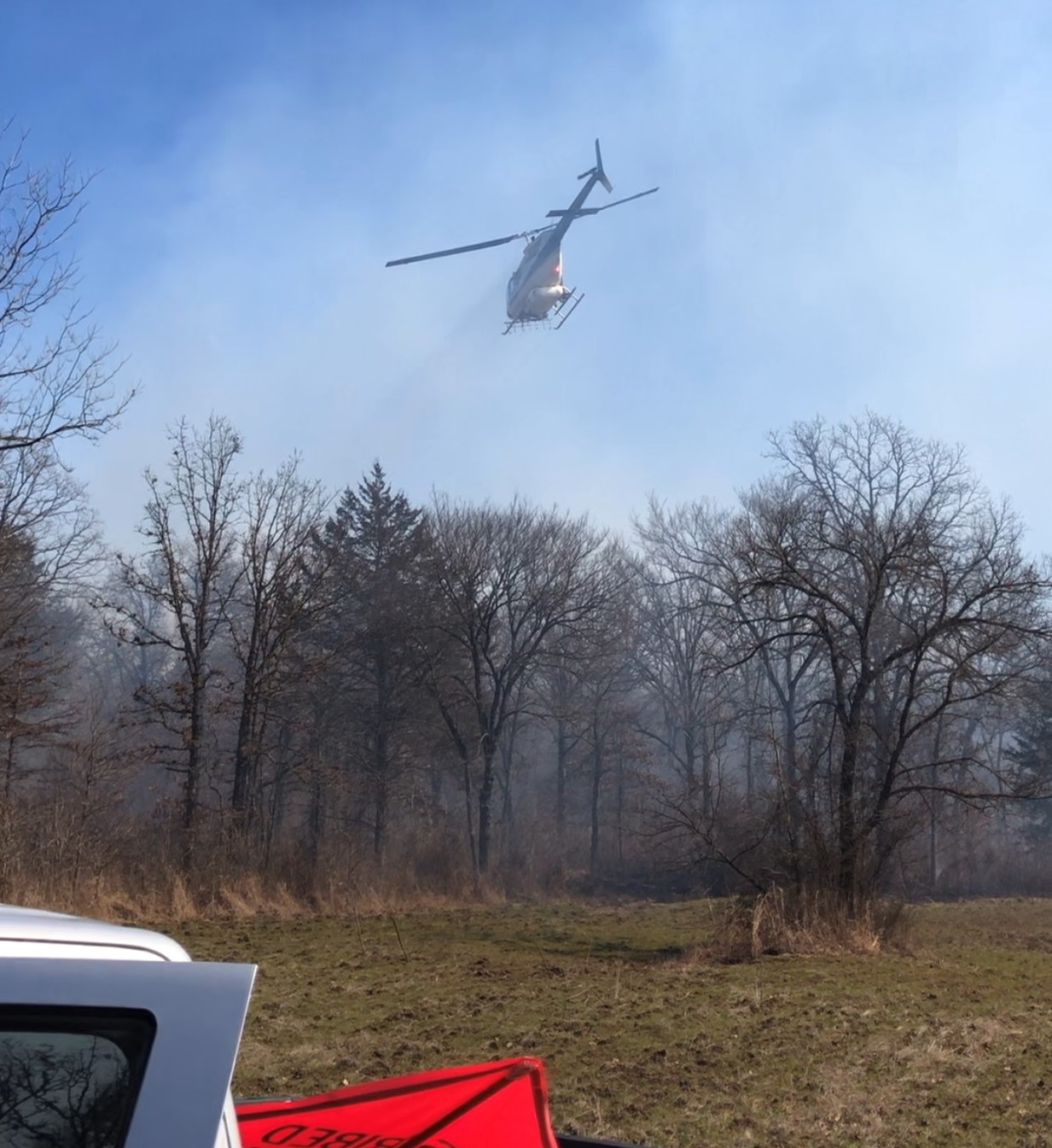(Photo credit: Tusky Valley Trojans Facebook page)
Below is part of a continuing state-by-state series chronicling the efforts of Rocky Mountain Elk Foundation volunteers.
Ohio
Straight shooters! That about sums up the Tusky Valley Trojan Crush Trap Shooting Team. The extracurricular squad is made up of students in grades 7-12 in Tuscarawas County, a remote northeast Ohio county almost equidistant between Cleveland, Columbus and Pittsburgh. The team competes against both adult and youth teams in east central Ohio throughout the school year.
Trojan Crush began during COVID-19 but plugged forward despite health restrictions and an ammunition shortage. Competing in the Scholastic Clay Target Program, the squad placed third in its first year and fourth in 2021. In that same year, the squad applied for and received $1,000 of much-needed financial support for the 2021-2022 season from the Rocky Mountain Elk Foundation, funding raised by volunteers who planned and hosted big game banquets across the state.
“The biggest barriers for entry into this sport are lack of opportunity and lack of funding to support it,” wrote Todd Harpst of Trojan Crush. “With grant support from the RMEF, when combined with what we already have, we hope to make the program stronger and give our team the opportunity to compete in more events such as regional shoots, and to field multiple teams at club events. Knowing that funding is never guaranteed from year to year, any financial support we get from groups like RMEF will go a long way to ensuring this program remains in place.”
And keeps thriving, too. Earlier this year, the Trojan Crush finished in first place atop the Class 1A Conference in the Ohio High School Clay Target League.
As of December 31, 2022, RMEF and its partners completed 79 projects in Ohio related to outdoor skills instruction, hunter education, natural resource education and shooting sports. Ohio is home to nine RMEF chapters.
Oklahoma

(Photo credit: Oklahoma Department of Wildlife Conservation)
While there are no wild, free-ranging elk in Ohio, there are approximately 5,000 in Oklahoma. Like their counterparts in Ohio, Oklahoma’s RMEF volunteers also host banquets, membership drives and other events to raise funding to advance RMEF’s mission of ensuring the future of elk, other wildlife, their habitat and our hunting heritage. This habitat stewardship project is such an example:
In 2020, RMEF received a proposal to enhance habitat for elk, deer, turkey and other species on the Cherokee Wildlife Management Area (WMA) east of Muskogee in northeast Oklahoma. RMEF committed $8,000 in funding raised by its volunteers, which leveraged $8,000 in partner funding for an aerial prescribed burn across 3,200 acres of closed canopy timber that limited the growth of native grasses and forbs. The grant funding helped defray the cost of a helicopter, pilot and aerial ignition spheres.
“The project will be monitored every year to ensure the effectiveness of the completed work,” said Brent Morgan, biologist with the Oklahoma Department of Wildlife Conservation. “Prescribed fire will be administered every four years unless an unforeseen change needs to be addressed, in such case maintenance by skid steer may be used to remove undesirables. The prescribed burn controls second growth hardwoods and limit undesirable woody species and clean up canopy floor of downed timber and leaf litter.”
Any remaining funding went toward renting heavy equipment to renovate flood-damaged roads.
RMEF supplied funding for seven earlier habitat enhancement projects on the WMA including prescribed burns, firebreaks and firebreak maintenance, forage openings and others.
Volunteer-generated funding also helped past habitat-boosting, prescribed fire efforts on the Pushmataha Wildlife Management Area in southeast Oklahoma.
There are more than 2,200 RMEF members and two chapters in Oklahoma. Since 1996, RMEF and its partners completed 91 conservation and hunting heritage outreach projects in Oklahoma that enhanced 109,609 acres of habitat acres.
